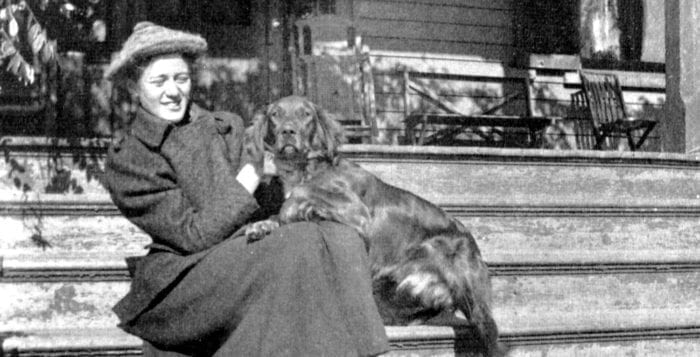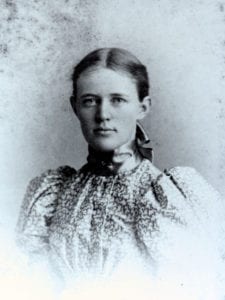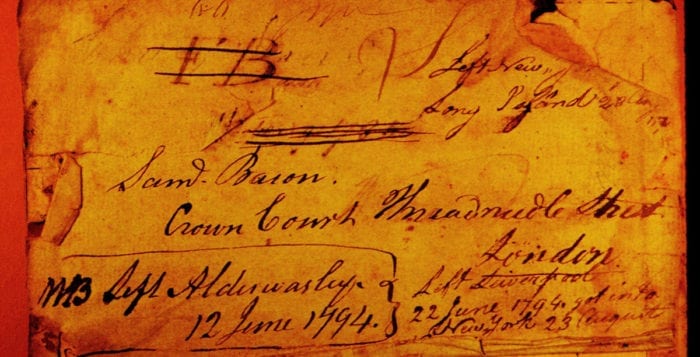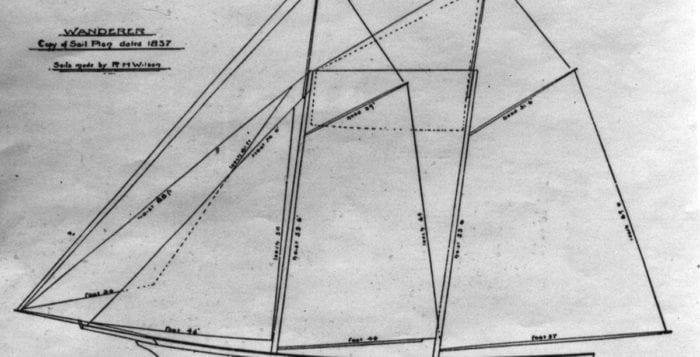By Beverly C. Tyler
The Spirits of the Prohibition: Setauket in the Roaring 20s provided the overall theme for the Three Village Historical Society’s 23rd Annual Spirits Tour in the graveyards of the Setauket Presbyterian Church and Caroline Episcopal Church Oct. 21.
“My family was traditionally Episcopalian but my father Melville Havens Bryant had become a rabid prohibitionist, and the Methodist Church embraced temperance so we changed affiliation,” George Overin, playing William Washington Bryant (1859-1937), said. “Father was so committed to the cause that he would cross the street rather than walk in front of a saloon.”
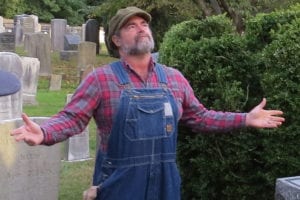
More than 300 attendees followed guides that took them on a walk to meet 14 colorful but deceased local residents who entertained them with stories of their lives and the people in the Three Village communities. Guided tours began at 5 p.m. and a new group stepped out from the Setauket Presbyterian Church social hall every 15 minutes through 7:45 p.m.
In addition to the tours through the cemeteries, tour participants were treated to an exhibit on Prohibition with many artifacts and visuals from The Long Island Museum’s Prohibition exhibit, Midnight Rum, on view in the Setauket Presbyterian Church social hall. The exhibit featured a 1933 beer keg from Trommer’s Brewery, which Trommer’s rebranded and pressed this pre-Prohibition keg into service to help satisfy its large number of beer orders.
Tour groups were also treated to an evening of jazz in the hall by the Ward Melville Honors Jazztet with Andrew Cavese, Max Liueberman, Miles Bruno and Jared Gozinsky providing the delightful jazz on bass, sax, guitar and drums.
“It was a court room, meeting hall, lecture hall, but most notably what it was used for was square dancing and late at night, if the spirit got my papa, you would see some fancy footwork at the Stone Jug,” Holly Griesel as Etta Sherry (1855-1956) said, talking about the Old Stone Jug in Stony Brook — now The Jazz Loft.
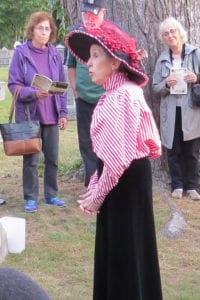
Stony Brook was also celebrated with stories about Robert Cushman Murphy. He and his wife Grace Barstow Murphy are buried in Rhode Island, but Robert Murphy was here as a visiting spirit along with lifelong Stony Brook resident Etta Sherry, who is buried in Oak Hill Cemetery in Stony Brook.
“Suffolk County, right here where you are, was the very first county in the entire world to have DDT banned in 1956, and Grace and I spearheaded that effort with some other people,” Art Billadello, playing Robert Cushman Murphy (1887-1973), said.
Setauket’s Kate Wheeler Strong (1879-1977), historian, teacher and storyteller, who is buried in the Smith-Strong cemetery on Strong’s Neck, wrote articles on Long Island local history for the Long Island Forum from 1938 until 1976. She also put her articles into a series of booklets she called “True Tales.”
“My love of history came from my father who knew every story about the family and the local people living here,” Donna Smith as Kate Wheeler Strong said. “He’s the one who inspired me to write about ‘True Tales.’”
Participants, especially those who took the early tours before dark, were treated to a view of the restored Caroline Church Carriage Shed adjacent to the church parking lot. Built in 1887, it is a unique example of a seven-bay carriage shed that was an important feature in the community during the era of the horse and buggy.
This year’s Spirits Tour was also special for the beautiful weather and starry skies that made for a pleasant, fun and informative event for everyone who participated.
Beverly Tyler is Three Village Historical Society historian and author of books available from the society at 93 North Country Road, Setauket. For more information, call 631-751-3730 or visit www.tvhs.org.

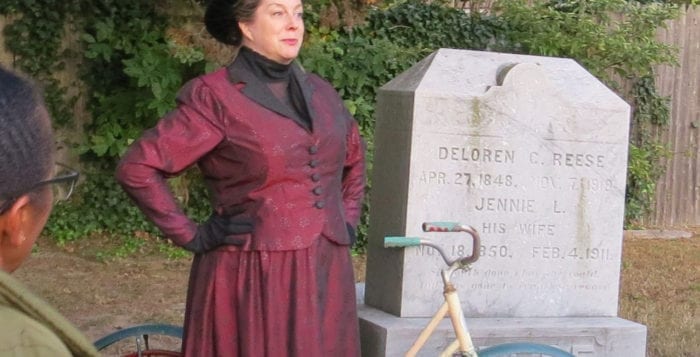
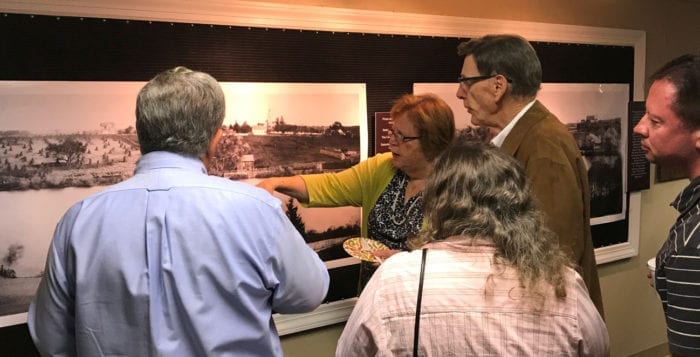
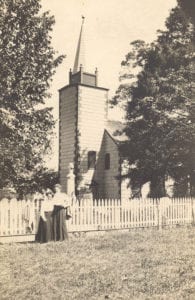

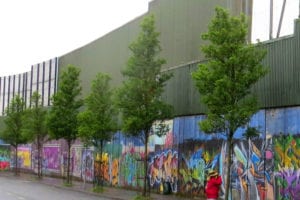
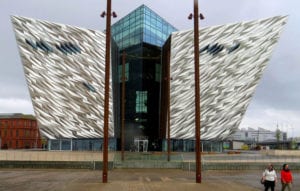
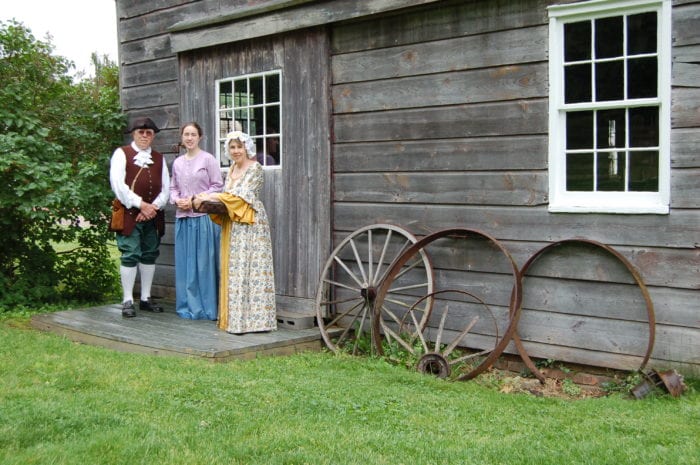
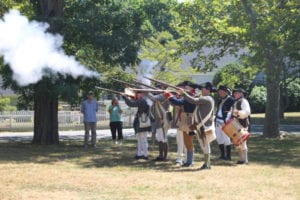
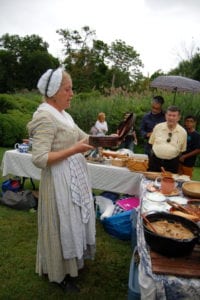
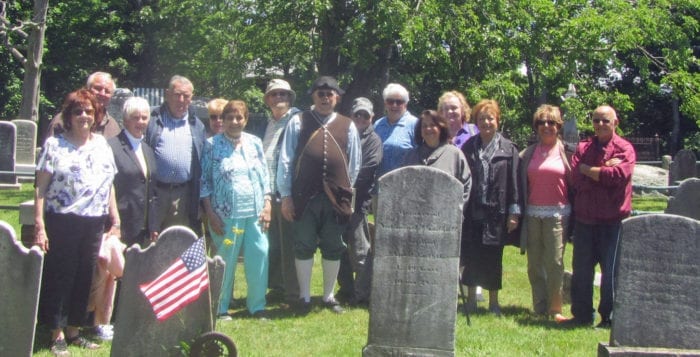

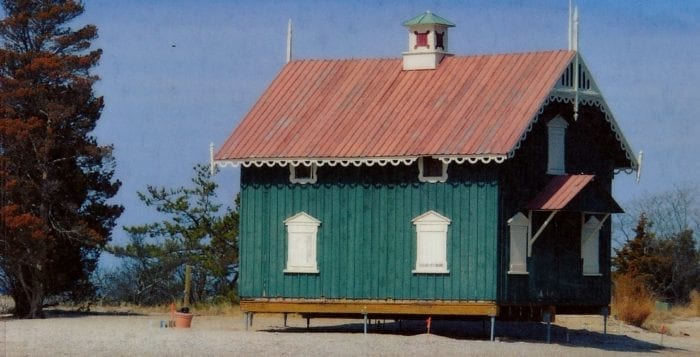
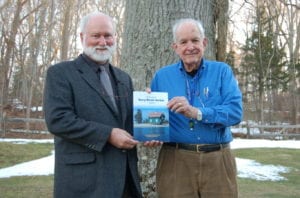
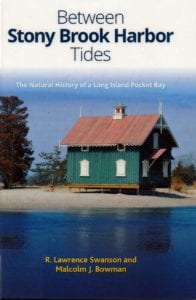 Chapter 3, “The Living Harbor,” begins “The splendor of the harbor is largely identified with its living marine plants and animals.” It goes on to describe the huge variety of plants and animals that inhabit the area. In many cases the same is true for all the pocket bays in our area including Mount Sinai and Setauket.
Chapter 3, “The Living Harbor,” begins “The splendor of the harbor is largely identified with its living marine plants and animals.” It goes on to describe the huge variety of plants and animals that inhabit the area. In many cases the same is true for all the pocket bays in our area including Mount Sinai and Setauket.